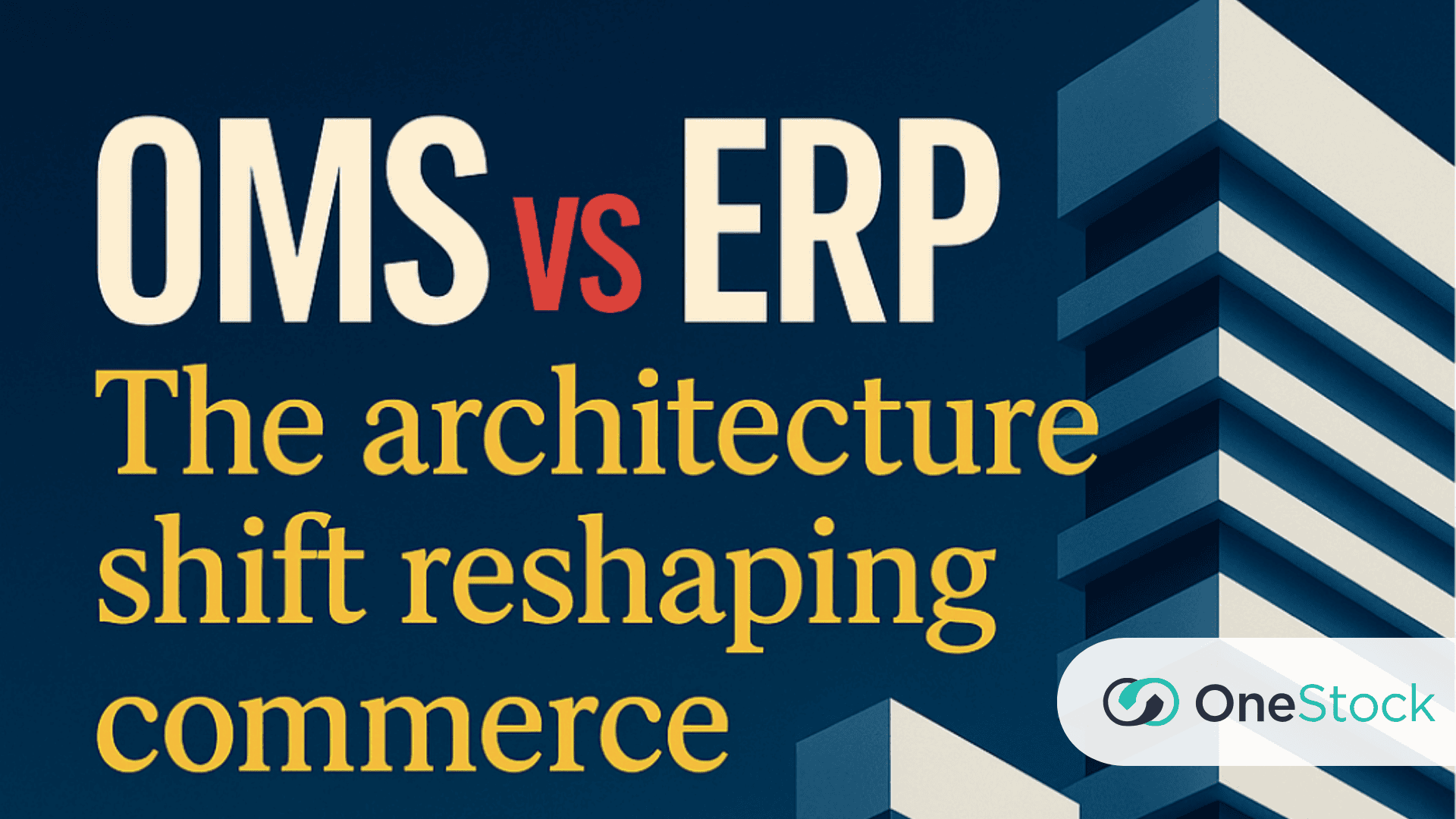
8 indicators you need an Order Management System
Operational agility is no longer a competitive advantage, it’s table stakes. As customer expectations rise and fulfillment networks fragment, the question isn’t whether you need better order orchestration, but when.
An Order Management System (OMS) acts as the decision engine between customer promise and fulfillment reality. It’s not about order volume. It’s about complexity, cost, and control.
Use these eight questions as a diagnostic. Three or more “yes” answers suggest an OMS could deliver measurable returns.
1. Do you fulfill from multiple locations?
Single warehouse, single carrier models are straightforward. Multi-node networks are not.
Once you introduce store fulfillment, regional DCs, or 3PL partners, order routing becomes a strategic choice, not a default. Which location ships which order? Based on what logic? Proximity? Inventory levels? Margin?
Without an OMS, these decisions happen manually or not at all. The result: stockouts alongside excess inventory, inflated shipping costs, and missed delivery windows.
Signal: You’re managing fulfillment exceptions in spreadsheets or Slack threads.
2. Do your products require non-standard handling?
Not all SKUs fit neatly into parcel logic. Oversized items, hazardous materials, temperature-controlled goods, and white-glove delivery products each demand different carrier networks, packaging rules, and cost structures.
An OMS routes orders based on product attributes, not just availability. It calculates cost and delivery time dynamically, selects appropriate carriers, and manages special handling requirements at scale.
Signal: Your team manually assigns carriers based on order characteristics.
3. Are stockouts costing you sales?
If customers see “out of stock” while inventory sits elsewhere in your network, you have a visibility problem, not an inventory problem.
Real-time inventory visibility across warehouses, stores, and partners is foundational to conversion. An OMS creates a single view of available-to-promise inventory and prevents overselling through synchronized allocation.
Signal: You’re canceling orders post-purchase or seeing high cart abandonment on in-stock items.
4. Do you run multiple business models?
B2C, B2B, D2C, wholesale, and marketplace channels operate under different rules. B2B orders may require split shipments to multiple locations. Subscription orders need predictable, recurring fulfillment. VIP customers expect priority routing.
Your ERP wasn’t built for this. An OMS lets you define channel-specific logic without custom development, prioritization rules, inventory pools, delivery SLAs, and promise logic tailored to each model.
Signal: You maintain separate systems or manual processes for different sales channels.
5. Do you manage a distributed sales network?
Franchise locations, retail partners, and field sales teams create fulfillment nodes, but they need orchestration. Without it, they operate as islands: separate inventory, limited visibility, and missed sales opportunities.
An OMS turns partners into fulfillment capacity. It enables ship-from-store for any location, provides shared inventory visibility, and routes orders intelligently across the network.
Signal: Partners call or email to check stock availability before committing to customers.
6. Are you managing high-value or slow-moving inventory?
Capital-intensive products and long lead times make every allocation decision material. Misallocate a $5,000 SKU to the wrong channel, and you’ve created both a stockout and dead stock.
An OMS supports advanced inventory logic: backorder management, preorder allocation, and conditional reservations. It segments inventory by region, customer tier, or demand forecast, and only commits stock when conditions are met.
Signal: You’re regularly expediting shipments or writing down aged inventory.
7. Do you lack visibility into fulfillment performance?
Most platforms treat order fulfillment as a black box. You see “shipped” but not why that carrier was chosen, why it was late, or which location fulfilled it.
An OMS provides operational intelligence: real-time order status, exception alerts, carrier performance metrics, and promise-vs-actual analysis. This visibility enables proactive management instead of reactive firefighting.
Signal: You discover fulfillment issues from customer complaints, not internal systems.
8. Do you sell across multiple channels that need centralized order management?
Selling through your ecommerce site, marketplaces, social commerce, and physical stores drives growth, but also multiplies operational complexity. Orders flow in from every channel, each with its own stock pool, service expectations, and fulfillment workflows.
Without a centralized system, you risk overselling, delayed updates, and inconsistent customer experiences. An OMS unifies all order sources into a single stream of truth, consolidating inventory, synchronizing order data, and applying consistent business rules across every channel.
Signal: You’re manually reconciling orders between your online and offline markets, marketplaces and social channels as part of agentic commerce.
When complexity becomes opportunity
You don’t need millions of orders to justify an OMS. You need complexity that exceeds your current system’s capability, and a cost structure that reflects it.
If three or more indicators above describe your business, an OMS isn’t overhead. It’s infrastructure that converts operational friction into competitive advantage.
The question isn’t whether you need better orchestration. It’s how much revenue and margin you’re leaving on the table without it.


